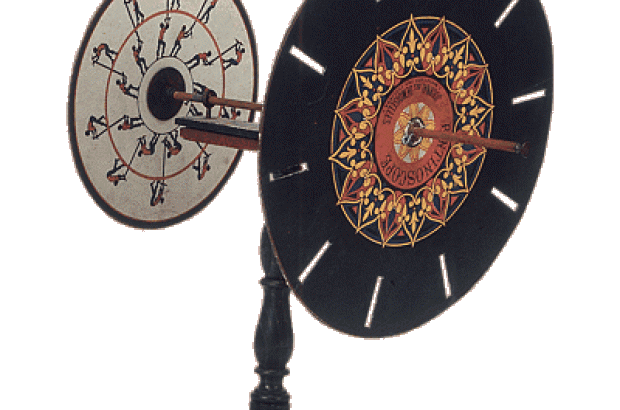- Daily & Weekly newsletters
- Buy & download The Bulletin
- Comment on our articles
Pride of Belgium: discover six surprise inventors
Belgium’s fame as a paradise for chocolate lovers is largely thanks to the praline, invented by Jean Neuhaus. This famous Belgian rivals Adolphe Sax, inventor of the saxophone, and cartographer Gerardus Mercator, whose maps first took into account the fact that the world is round. But several lesser-known Belgians are also quietly revered in the world of invention. Here are six of the best.
Brit Tim Berners-Lee is commonly recognised for his role in the development of the worldwide web, but credit should also go to a Belgian, Robert Cailliau. The computer scientist from Flanders co-authored with Berners-Lee a proposal for funding the creation of the precursor to the web, the hypertext system for accessing documents at Cern, the European Organisation for Nuclear Research in Switzerland. Cailliau also co-developed the first web browser for the Microsoft OS operating system. Today, he gives speeches on the future of the web, and in 2012 he was inducted into the Internet Hall of Fame.
Staying on the techie theme and proving that computing isn’t exclusively a male domain, Ingrid Daubechies deserves a mention for an invention that many of us in the publishing world, in particular, have benefitted from. The gifted physicist and mathematician’s formulas, known as Daubechies Wavelets, are central for compressing digital images. These wavelets are also used in technologies for quickly scanning fingerprints. Her achievements were recognised by King Albert II in 2012, when he made her a baroness.
Debate rages over whether the invention of the common currency of the EU (a Belgian invention?) was a good thing, but the name euro is certainly a catchy handle. It was ‘invented’ by esparanto speaker and former French and history teacher Germain Pirlot. In 1995, he wrote to the then president of the European Commission, Jacques Santer, suggesting the name euro be used for the planned new currency. While this name was officially adopted, his suggestion of ropas for a 100th of a euro was not. Cent was used instead.
Most social historians would agree that the contraceptive pill was central to the Swinging Sixties, and though he can’t claim to be the sole parent of the pill, Ferdinand Peeters was instrumental in it becoming widely adopted. Early contraceptive pills from the US had serious side effects, but gynaecologist Peeters created an improved pill. Because of his Catholic beliefs, he never patented his pill, and it was developed in the early 1960s by German pharma company Schering under the name of Anovlar, the first combined oral contraceptive pill to be sold outside the US.
Physicist Joseph Plateau can take joint credit for having invented the stroboscope, though he called his device the phenakistoscope. His invention, which demonstrated in 1832 the illusion of a moving image, consisted of a rotatable disc with radial slits through which the viewer looks at images on a separate rotating wheel. Around the same time, Simon von Stampfer, an Austrian scientist, was creating a similar device, which he called the stroboscope, and the name stuck. The stroboscope found a use for viewing short movies and as the basis for many toys.
Inline skates seemed to take over from roller skates in the early 1990s, but their invention dates back far earlier – to the 18th century, in fact. Jean-Joseph Merlin very much fits the image of the nutty professor, improving musical instruments, creating clocks and, in 1760, inventing inline skates that strapped on to the wearer’s shoes. Merlin would wear his skates to drum up publicity for his inventions, but they lacked the stability of the later-developed roller skates with their added wheels. Modern inline skates were developed to help speed-skaters train.
This article was first published in Best of Belgium 2015



















